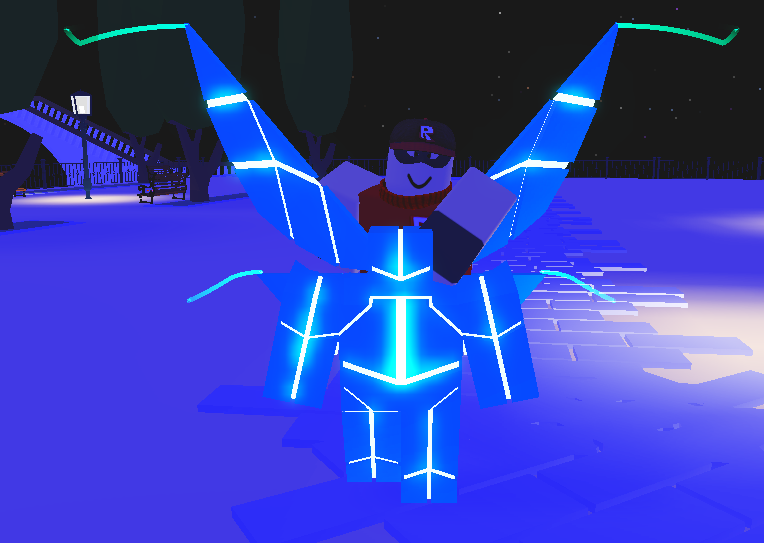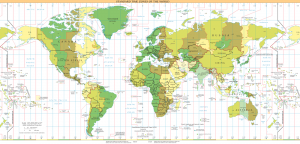

The observational studies cover a wide range of topics, from measuring detailed properties of nearby NSCs (including the one in the Milky Way) to identifying large samples of nuclear star clusters in more distant galaxies of various morphological types. To date, more than 400 refereed articles have been written on NSCs, and the pace of discovery about these objects is accelerating, with \(\sim\)100 articles appearing in the past 3 years alone. Providing an answer to this question is the goal of a very active research field. The comparison demonstrates that NSCs exist in very different host environments, which raises the question of whether NSC formation and evolution are governed by similar processes in all galaxy types, or whether NSCs follow evolutionary paths that depend on the properties of their host galaxy. 1 which shows images and surface brightness profiles of two nearby NSCs in galaxies with very different morphologies: NGC 300 is a disk-dominated late-type spiral without any discernible bulge component, while NGC 205 is a low-mass early-type galaxy with only a minimal amount of gas and recent star formation. Observationally, NSCs are identified as luminous and compact sources that clearly ‘stand out’ above their surroundings. Nuclear star clusters (NSCs) are extremely dense and massive star clusters occupying the innermost region or ‘nucleus’ of most galaxies. Finally, we review the evidence that many NSCs end up in the halos of massive galaxies stripped of the stars that surrounded them, thus providing valuable tracers of the galaxies’ accretion histories. The extreme densities of NSCs and their interaction with massive black holes lead to a wide range of unique phenomena including tidal disruption and gravitational-wave events. We also discuss the co-existence of NSCs and central black holes, and how their growth may be linked. We argue that at lower masses, NSCs are formed primarily from globular clusters that inspiral into the center of the galaxy, while at higher masses, star formation within the nucleus forms the bulk of the NSC.

Combined, this evidence points to a clear transition mass in galaxies of \(\sim 10^9\,M_\odot\) where the characteristics of nuclear star clusters change. Throughout the review, we attempt to combine and distill the available evidence into a coherent picture of NSC evolution. Understanding the formation, growth, and ultimate fate of NSCs, therefore, is crucial for a complete picture of galaxy evolution. Recent observational and theoretical works suggest that many NSC properties, including their masses, densities, and stellar populations, vary with the properties of their host galaxies. We review the current knowledge about nuclear star clusters (NSCs), the spectacularly dense and massive assemblies of stars found at the centers of most galaxies.


 0 kommentar(er)
0 kommentar(er)
